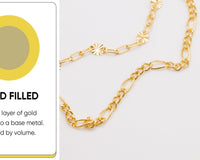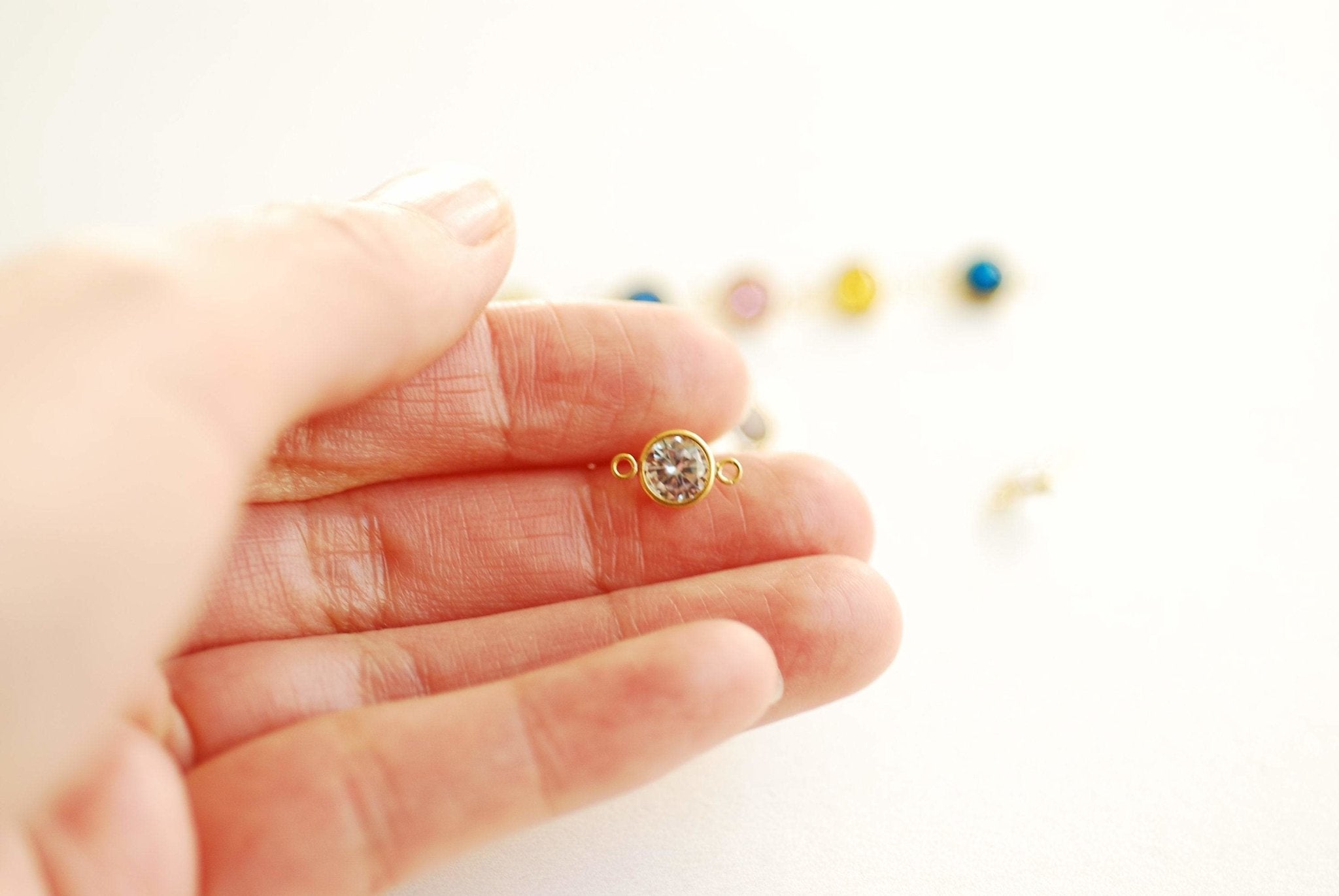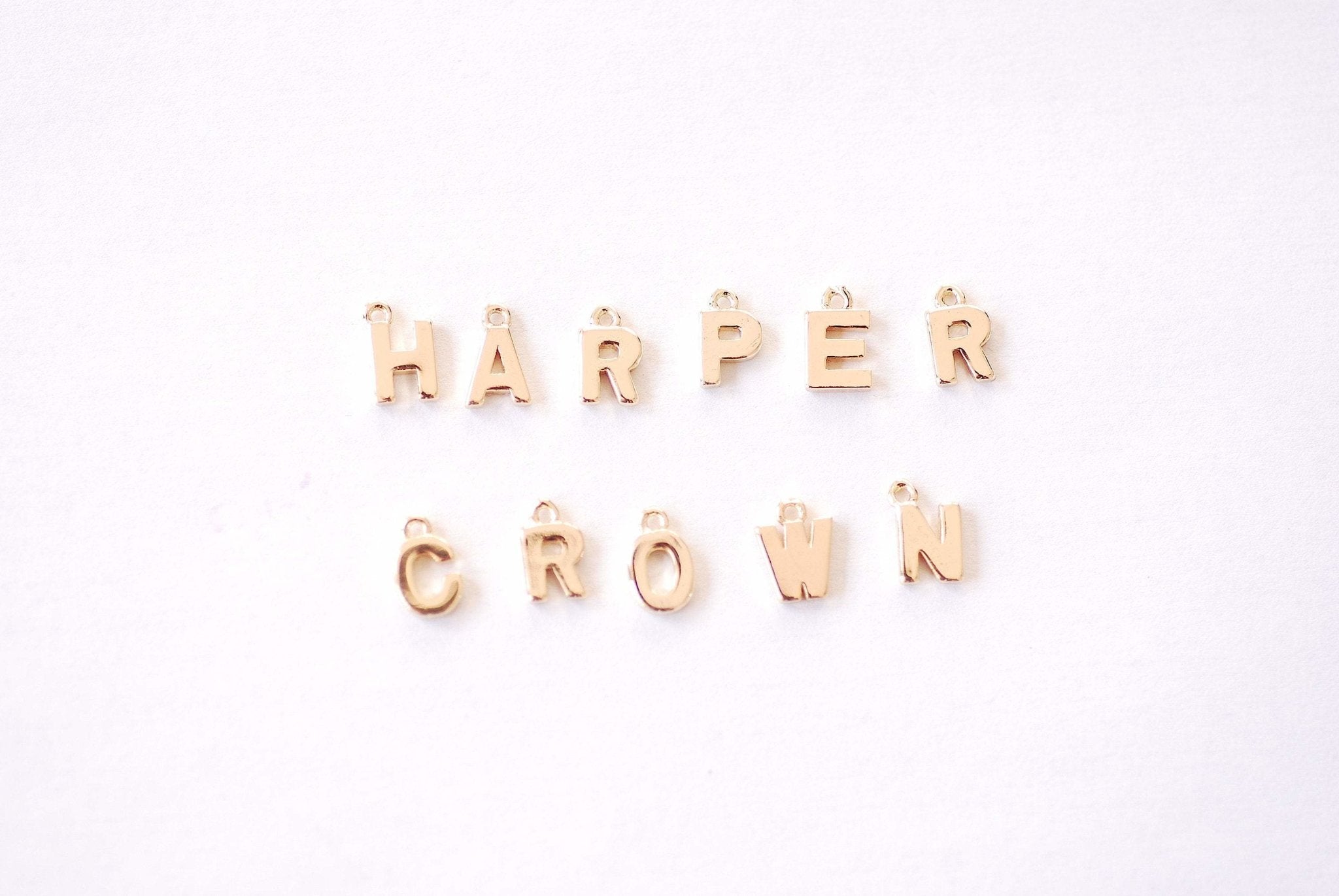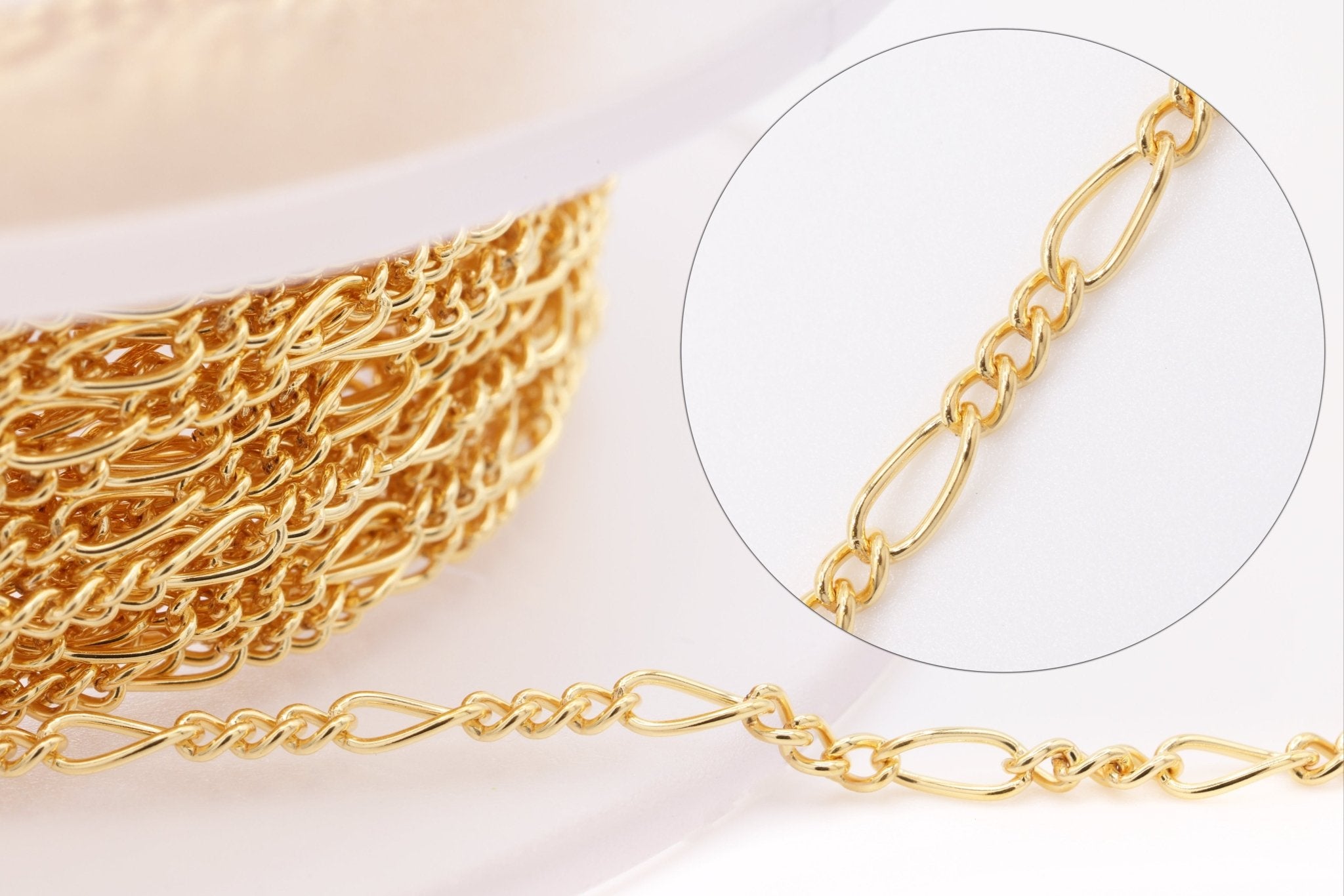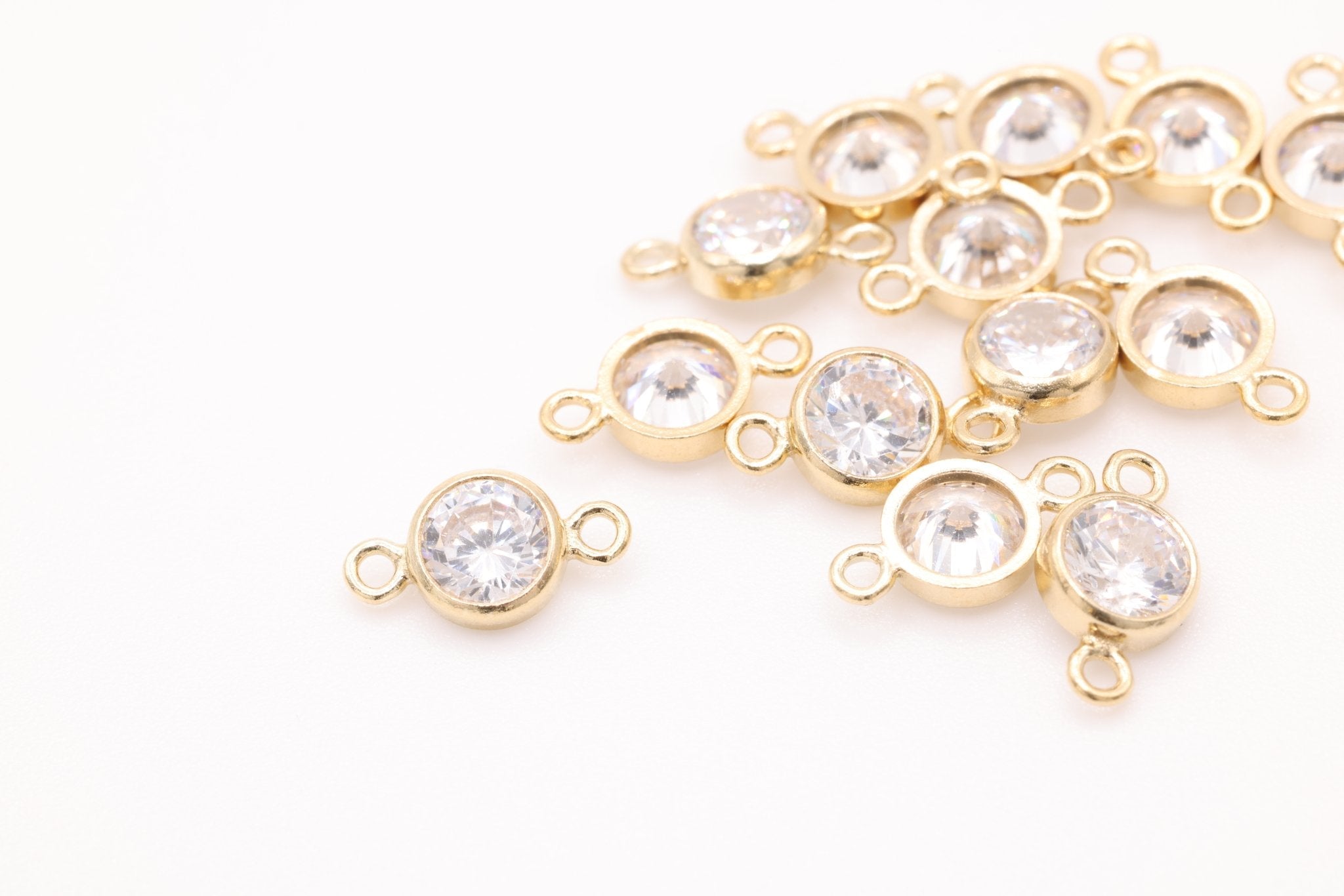Gold has always been a symbol of wealth and luxury, and the allure of this precious metal remains strong today. When it comes to jewelry, particularly 14K gold, it's essential to be confident in the authenticity of your pieces. Fortunately, there are several methods and tools available to test the purity of 14K gold. In this guide, we'll explore various techniques to help you ensure that your gold is as genuine as it looks.
Before delving into testing methods, let's revisit what 14K gold means. A piece of jewelry marked as 14K gold contains 58.3% pure gold and 41.7% other metals. These additional metals, often copper, silver, or zinc, are alloyed to enhance the durability of the gold, making it suitable for everyday wear.
1. Hallmark Examination:
One of the simplest ways to determine the purity of gold is by examining any hallmarks or stamps on the jewelry. A genuine 14K gold piece will bear a "14K" or "585" stamp, indicating its gold content. However, keep in mind that some counterfeit items may carry fake stamps, so additional testing may be necessary. Also, depending on the size of the piece, there may not be enough space for a genuine "14K" stamp.
These are the standard valid purity numbers under the karat system. The higher the karat, the purer the gold.
8K, 9K, 10K 14K, 18K, 22K, 24K
Other letter marking represent information about the related gold content of the piece such as gold plated or gold filled. Here are some common letter markings.
GP (Gold Plated)
GF (Gold Filled)
RGP (Rolled Gold Plated)
GE (Gold Electroplated)
HGP (Heavy Gold Plated)
2. Magnet Test:
Performing a magnetic test for 14k gold is a simple process that can help you identify whether the gold is magnetic or not. Keep in mind that gold itself is not magnetic, so if your gold exhibits magnetic properties, it may be an indication of impurities or a different metal altogether. Here's how you can conduct a magnetic test for 14k gold:
1. Prepare the Gold Item:
- Ensure that the 14k gold item you want to test is clean and free from any contaminants or substances that might interfere with the test.
2. Hold the Magnet:
- Hold the neodymium magnet in your hand, making sure you have a firm grip on it.
3. Approach the Gold Item:
- Gently bring the magnet close to the gold item. You don't need to touch the gold with the magnet; just bring it close to the surface.
4. Observe the Reaction:
- Genuine gold should not be attracted to the magnet, as gold is not a magnetic metal. If the gold item is attracted to the magnet or exhibits any magnetic properties, it could be an indication of impurities or a base metal.
3. Acid Testing:
Acid testing is a more precise method and involves using nitric acid to check the gold's reaction. Since different karats of gold react differently to acid, this test helps determine the purity accurately. It requires specialized equipment and should be performed by professionals.
4. Density Test:
The density of gold is a reliable indicator of its purity. A precise measurement of the jewelry's weight and volume can help calculate its density, which can then be compared to the known density of 14K gold. This method requires precision instruments and may be best left to experts.
5. Scratch and Acid Test Kit:
Available commercially, scratch and acid test kits are designed for at-home use. These kits typically include a testing stone, a series of acids for different gold purities, and a needle for scratching the gold. By observing the metal's reaction to the acids, you can determine its karat.
Ensuring the authenticity of your 14K gold is a crucial step in preserving both the value and sentiment of your jewelry. While some basic tests can be done at home, for more accurate results, it's recommended to consult with a professional jeweler or use specialized testing services. By combining multiple testing methods, you can confidently verify the purity of your 14K gold, allowing you to enjoy your precious pieces with peace of mind. For genuine wholesale 14K charms and jewelry, visit HarperCrown.



